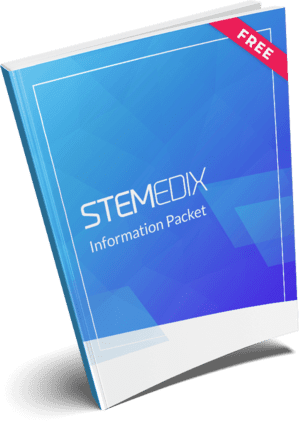
by admin | Mar 14, 2018 | Heart Failure, Stem Cell Research
Heart failure is currently treated using pharmacologic interventions that help to control the symptoms of heart failure and slow the process of deterioration. However, these drugs do not stop problematic processes occurring at the cellular level, and so patients using these drugs continue to decline toward end-stage heart failure. Because the progression of heart failure involves things like cardiac remodeling and fibrosis at the cellular level, researchers have reasoned that cell-based therapies may be a promising way to treat heart failure patients. A recent review published in Stem Cells International outlines the rationale for using mesenchymal stem cells to treat heart failure and presents data from relevant clinical trials.
Mesenchymal stem cells are an attractive type of stem cell for both research clinical applications because of their ease of accessibility. These cells can be retrieved from a number of tissues, including fat tissue, heart tissue, umbilical cord tissue, and bone marrow tissue. A number of properties of mesenchymal stem cells also make them a promising therapeutic option for heart failure and other diseases. For instance, they have been shown to reduce inflammation and the initiation of inflammation and to promote the growth of blood vessels. Indeed, it has been suggested that the central process of heart failure is inflammation.
In cardiology, many of the clinical trials that have been performed with mesenchymal stem cells have focused on ischemic heart failure, though there are data demonstrating the promise of these stem cells in both ischemic and non-ischemic heart failure. While there are not as many data on the impact of mesenchymal stem cells on non-ischemic heart failure patients, the authors of the review argue that these cells could be even more advantageous in this group of patients (versus those with ischemic heart failure) because the damaged part of the heart still has adequate blood supply in the case of non-ischemic heart failure.
Overall, studies have tended to show that mesenchymal stem cells are a safe option, with little risk for significant adverse side effects. Clinical trials have helped to elucidate the specific ways that mesenchymal stem cells can be used to help with heart failure. Cellular scaffolds, for example, can be used to ensure that the stem cells are able to reach the target area of the heart in enough abundance to have an impact. Future studies will help to clarify the contexts in which these cells can be useful – and how their use can be optimized to help patients.

by admin | Feb 15, 2018 | Stem Cell Research
Mesenchymal stem cells have proved to be one of the most promising stem cell types for regenerative medicine. A recent review has compiled information from studies looking specifically at how these stem cells can be used for regenerative cell therapies.
According to the authors of this review, as part of the effort to characterize mesenchymal stem cell safety and efficacy, 657 clinical trials have been initiated using this type of stem cell. The promise of these cells has led them to be used in clinical trials that aim to regenerate bone and cartilage and to treat diseases such as multiple sclerosis, Crohn’s disease, and graft-versus-host-disease.
Their utility in this spectrum of diseases demonstrates the broad potential for mesenchymal stem cells to differentiate into different types of tissue. They have become known for their ability to differentiate into bone cells. However, these cells can also wrap around blood vessels thereby stabilizing the vessels and supporting their structure. They have been shown to integrate into the outer walls of arteries and microvessels in several organs.
In addition to their differentiation potential, mesenchymal stem cells from adults also have a good proliferation rate, which is beneficial for tissue regeneration. However, the specific regenerative potential appears to depend on the specific type of tissue from which the stem cells are derived, making some stem cells more useful than others for regeneration.
Other major features of mesenchymal stem cells that make them a promising option for regenerative medicine are their ability to modulate the immune system and their anti-inflammatory characteristics. These properties allow mesenchymal stem cells to improve the treatment of autoimmune diseases that are often characterized by adverse immune reactions, including inflammation.
A newer line of research involving mesenchymal stem cells involves their potential therapeutic application for diabetes. The hope is that the beta cells that are damaged within the pancreas in diabetes could be repaired with mesenchymal stem cells. Future research will help determine the extent to which mesenchymal stem cells can be used for regenerative medicine and will help to optimize the specific treatments that employ these cells.

by admin | Feb 14, 2018 | Stem Cell Research
Only a fraction of patients who suffer from ischemic stroke benefit from the currently available therapies. Given the promise of stem cells in therapies developed for brain injury, much research has recently focused on how these cells may be used to treat stroke victims. A recent review published in the Journal of Cerebral Blood Flow and Metabolism provides a comprehensive explanation for why mesenchymal stem cells are likely advantageous for stroke recovery. The authors’ rationale includes data demonstrating the utility of mesenchymal stem cells as a therapy for other diseases, as well as preclinical data on the impact of these cells following stroke.
Mesenchymal stem cells have been transplanted into patients since 1995 and gained popularity in research and clinical communities because of their safety profile. In a number of clinical trials, addressing different diseases, the use of these stem cells led to few adverse side effects. Over the past 20 years, evidence on the safety of these cells has continued to accumulate, while new evidence has emerged to show how effective these cells can be in treating different types of injury and disease. One particularly exciting feature of these cells is their modulatory effect on the immune system, which can prevent life-threatening immune reactions to things like bone marrow transplants.
When it comes to treating stroke specifically, this modulation of the immune system may be one way that stem cells help with recovery. Other mechanisms that could help with tissue repair following stroke include these stem cells’ ability to differentiate into a number of different cell types, to generate new brain cells and blood vessels, and to promote the secretion of chemicals that are important for the growth and protection of cells. Additionally, mesenchymal stem cells may be able to be selectively targeted to whatever area of the brain is injured.
For stroke, most of the mesenchymal stem cells that have been used for transplantation have been bone marrow-derived mesenchymal stem cells, but stem cells from adipose tissue and the umbilical cord have also been used. According to the authors of this review, there is significant evidence to suggest that mesenchymal stem cells could help stroke patients with their recovery.

by admin | Jan 30, 2018 | COPD, Stem Cell Research
A recent review published in the International Journal of Molecular Sciences covers evidence demonstrating that Wharton’s jelly mesenchymal stem cells show promise for treating chronic obstructive pulmonary disease (COPD). After analyzing the literature on how stem cells may be applied in COPD treatment, the authors suggest that chronic immune-inflammatory processes are a critical component of COPD that these stem cells may be able to combat.
According to the authors of the study, several characteristics of Wharton’s jelly mesenchymal stem cells make them well suited to therapies against COPD and other immune-inflammatory diseases. These characteristics include their accessibility, their ability to expand and differentiate, and their tendency to avoid the immune reactions that often occur with other types of stem cells. These cells can come from several types of tissue, including adipose tissue, the umbilical cord, and bone marrow, and can differentiate into many different cell types.
Given the inflammatory nature of COPD, the ability of Wharton’s jelly mesenchymal stem cells to avoid serious immune reactions upon implantation may be one of the most important features of these cells. Youthful forms of these stem cells appear particularly promising, as they are agile and even less likely to cause problematic immune reactions. Intuitively, youthful stem cells are healthier in many ways because they have not undergone the biological damage that occurs with aging.
In addition to their relatively low likelihood of causing immune reactions, mesenchymal stem cells have also been shown to relieve inflammation in the airway in some studies. They have done so by producing mucus that can help minimize inflammation, by killing off cells involved in inflammation, by inhibiting the formation of problematic fibrous connective tissue, and by promoting the formation of new blood vessels.
As the reviewers note, the positive results of preclinical investigations justified the initiation of clinical trials using mesenchymal stem cells in COPD. As such, there are currently Phase I and Phase II trials underway and some that have already been completed. One completed study demonstrated the safety of using these stem cells, as no patients experienced serious adverse side effects after stem cell transplantation. The study also showed that the stem cells were associated with a reduction in an inflammatory marker, suggesting that the stem cells may, in fact, help to reduce inflammation in these patients.
Another study also demonstrated safety. It also showed functional improvement in COPD patients. These patients performed better on the breathing spirometry test after stem cell transplantation. This change in performance suggests that the pathological degeneration occurring in the lungs of those with COPD was slowed with the implantation of stem cells. These patients also experienced improved quality of life after the stem cell transplantation.

by admin | Nov 28, 2017 | Studies, Stem Cell Research
A recent publication in BioMed Research International has reviewed the study on the potential benefits of Wharton’s jelly derived mesenchymal stem cells in treating a variety of diseases. According to the authors of the review, these stem cells can be collected during millions of births each year at the time of delivery. A huge advantage of this type of stem cell collection over other methods is that it is not associated with the adverse side effects associated with other collection methods, nor is it particularly invasive. Its collection is also highly efficient.
Other advantages of Wharton’s jelly derived mesenchymal stem cells are that collecting them does not raise ethical concerns and that the cells themselves proliferate rapidly. Some stem cells have a tendency to lead to tumors or are prone to cause immune reactions. Wharton’s jelly derived stem cells on the other hand appear to circumvent both of these problems, making them valuable for a variety of applications in medicine.
Mesenchymal stem cells, which are the basis for a number of stem cell therapies and the relevant research, may be limited in value when they have been collected from older patients. Some reasons for this limitation are disease, DNA damage, and oxidative stress.
The authors also provide information on the regulatory and logistics aspects to stem cells. They explain that quality management systems are already part of the stem cell therapy infrastructure, which ensures that Wharton’s jelly derived mesenchymal stem cells would be donated, processed, stored, and distributed with the same high standards that other stem cells undergo donation, processing, storage, and distribution. The same is also true, they say, for the procurement and testing of these stem cells. While there seem to be clear benefits of Wharton’s jelly derived stem cells, more research on the clinical applications of these cells will help researchers determine the overall value of these cells.
Learn more about the benefits of stem cell therapy here.
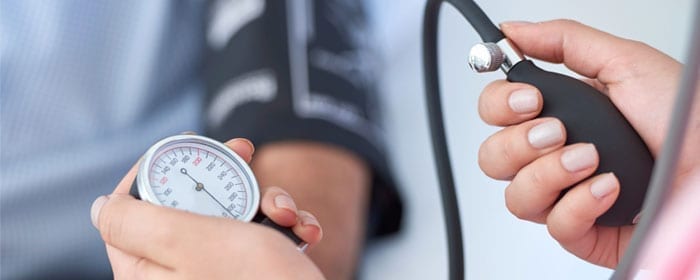

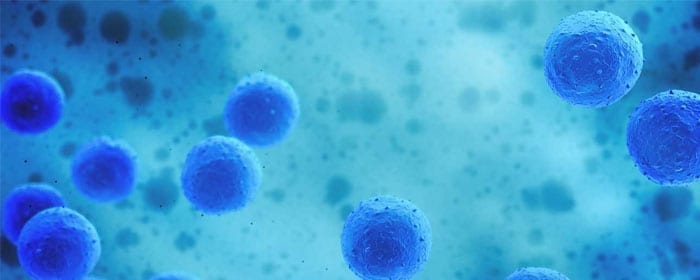
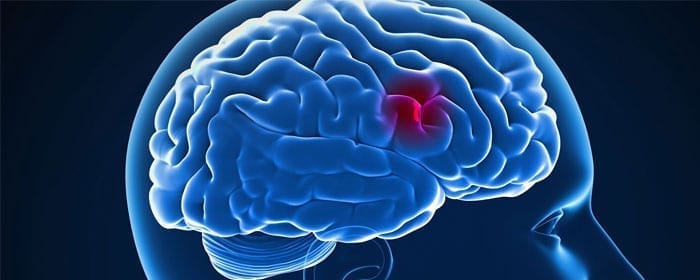

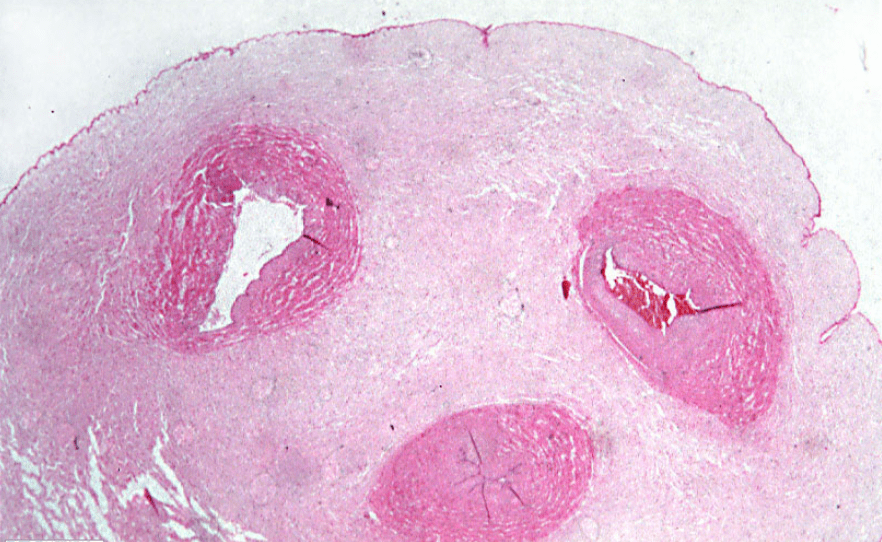
 St. Petersburg, Florida
St. Petersburg, Florida
